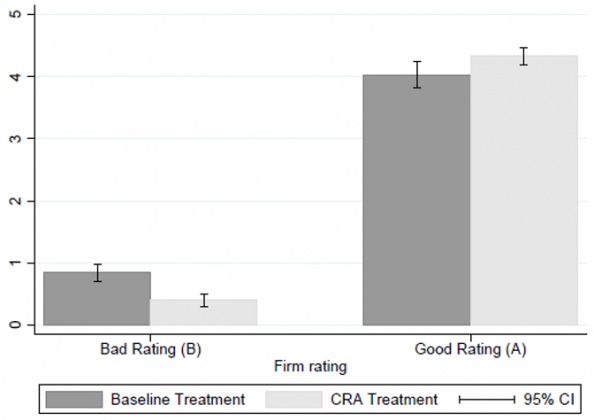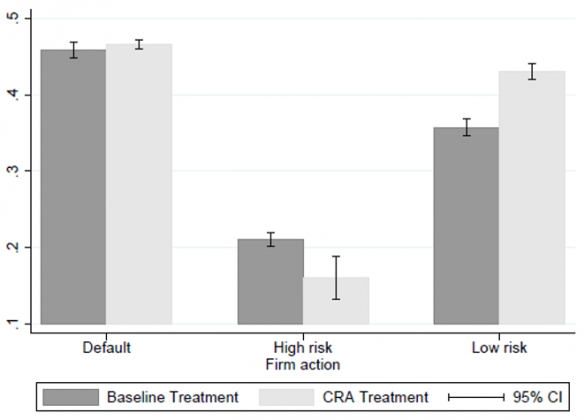References
Alp, A. (2013). Structural shifts in credit rating standards. Journal of Finance, 68 (6), 2435–2470.
Bae, K. H., Kang, J.-K. and Wang, J. (2015). Does increased competition affect credit ratings? A reexamination of the effect of Fitch’s market share on credit ratings in the corporate bond market. Journal of Financial and Quantitative Analysis, 50, 1011–1035.
Baghai, R. P. and Becker, B. (2020). Reputations and credit ratings: Evidence from commercial mortgage-backed securities. Journal of Financial Economics, 135, 425–444.
Bayona, A., Peia, O. and Vlahu, R. (2023). Credit ratings and investments. De Nederlandsche Bank Working Paper No. 776.
Becker, B. and Milbourn, T. (2011). How did increased competition affect credit ratings? Journal of Financial Economics, 101 (3), 493–514.
Bolton, P., Freixas, X. and Shapiro, J. (2012). The credit ratings game. Journal of Finance, 67 (1), 85–111.
Bongaerts, D., Cremers, K. M. and Goetzmann, W. N. (2012). Tiebreaker: Certification and multiple credit ratings. Journal of Finance, 67 (1), 113–152.
Cornaggia, J. and Cornaggia, K. J. (2013). Estimating the Costs of Issuer-Paid Credit Ratings. Review of Financial Studies, 26 (9), 2229–2269.
—, — and Israelsen, R. D. (2018). Credit ratings and the cost of municipal financing. Review of Financial Studies, 31 (6), 2038–2079.
Frenkel, S. (2015). Repeated interaction and rating inflation: A model of double reputation. American Economic Journal: Microeconomics, 7 (1), 250–280.
Fulghieri, P., Strobl, G. and Xia, H. (2014). The economics of solicited and unsolicited credit ratings. Review of Financial Studies, 27 (2), 484–518.
Goldstein, I. and Huang, C. (2020). Credit rating inflation and firms’ investments. Journal of Finance, 75 (6), 2929–2972.
Griffin, J., Nickerson, J. and Tang, D. Y. (2013). Rating shopping or catering? An examination of the response to competitive pressure for cdo credit ratings. Review of Financial Studies, 26, 2270–2310.
He, J., Qian, J. and Strahan, P. (2012). Are all ratings created equal? The impact of issuer size on the pricing of mortgage-backed securities. Journal of Finance, 67, 2097–2137.
Jiang, J., Stanford, M. and Xie, Y. (2012). Does it matter who pays for bond ratings? Historical evidence. Journal of Financial Economics, 105 (3), 607–621.
Mählmann, T. (2011). Is there a relationship benefit in credit ratings? Review of Finance, 15 (3), 475–510.
Opp, C. C., Opp, M. M. and Harris, M. (2013). Rating agencies in the face of regulation. Journal of Financial Economics, 108 (1), 46–61.
Skreta, . V. L., V. (2009). Ratings shopping and asset complexity: A theory of ratings inflation. Journal of Monetary Economics, 56 (5), 678–695.
Strobl, G. and Xia, H. (2012). The issuer-pays rating model and ratings inflation: Evidence from corporate credit ratings. Available at SSRN 2002186.
White, L. (2010). Markets: The credit rating agencies. Journal of Economic Perspectives, 24 (2), 211–226.
White, L. J. (2013). Credit rating agencies: An overview. Annu. Rev. Financ. Econ., 5 (1), 93–122.



